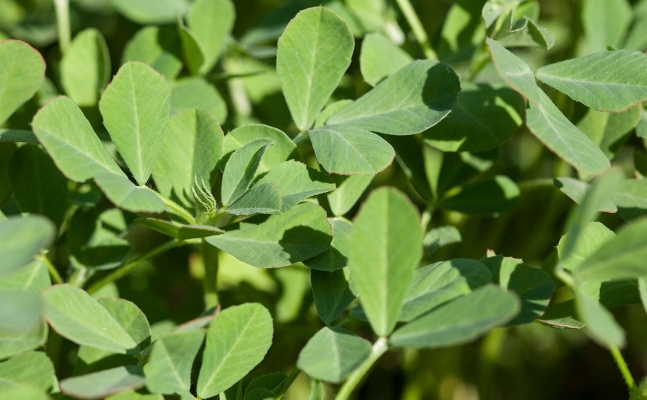Palam Somya: It is an early maturing variety. It gives an average yield of 31qtl/acre of green leaves which gets ready in 55-60 days and 6.25-8.4qtl/acre of seeds which gets ready in 175-180 days. Plant has medium height and is fast growers. The variety is good to be used as spices.
Pusa Kasuri: It is a medium height plant. 2-3 harvesting is done. It gives an average yield of 37.5-42qtl/acre. The variety gets ready in 50-60 days.
Kasuri Methi: Plants are spreading type, soft leaves and more aromatic, small seed variety. Leaves are used as spices after drying them. It gives an average yield of 25-32qtl/acre.
IC-74: Straight plants, soft leaves and large size seeds. Seeds can be used as spices by crushing them. It gives an average yield of 32-42qtl/acre of green leaves.
Other state varities
ML 150: The plant leaves are dark green, also bears more pods. Seeds are bright, yellow and bold. It is also used for fodder purpose. It gives an average yield of 6.5qtl/acre.
PRM 45 (Pratap Raj Methi): Developed by Maharana Pratap University of Agriculture and Technology. It gives good result when grown on sandy loam to heavy soils. It is resistant to lodging.
Rmt-1: Developed by Rajasthan Agriculture University. It give higher yield near about 4-8 qtl/acre compaired to other verieties.
Other commercial variety: Kasuri, Methi No 47, CO 1, Hissar Sonali, Methi no 14. Pusa early bunching, Rajendra Kranti
HM 219: High yielding variety, gives average yield of 8-9qtl/acre. It is resistant to powdery mildew disease.











